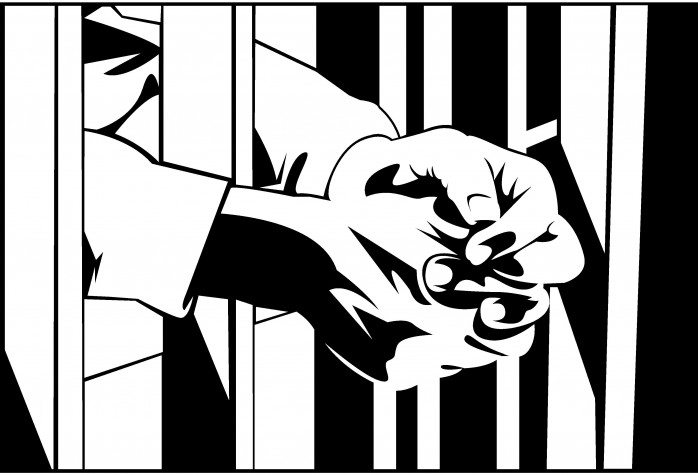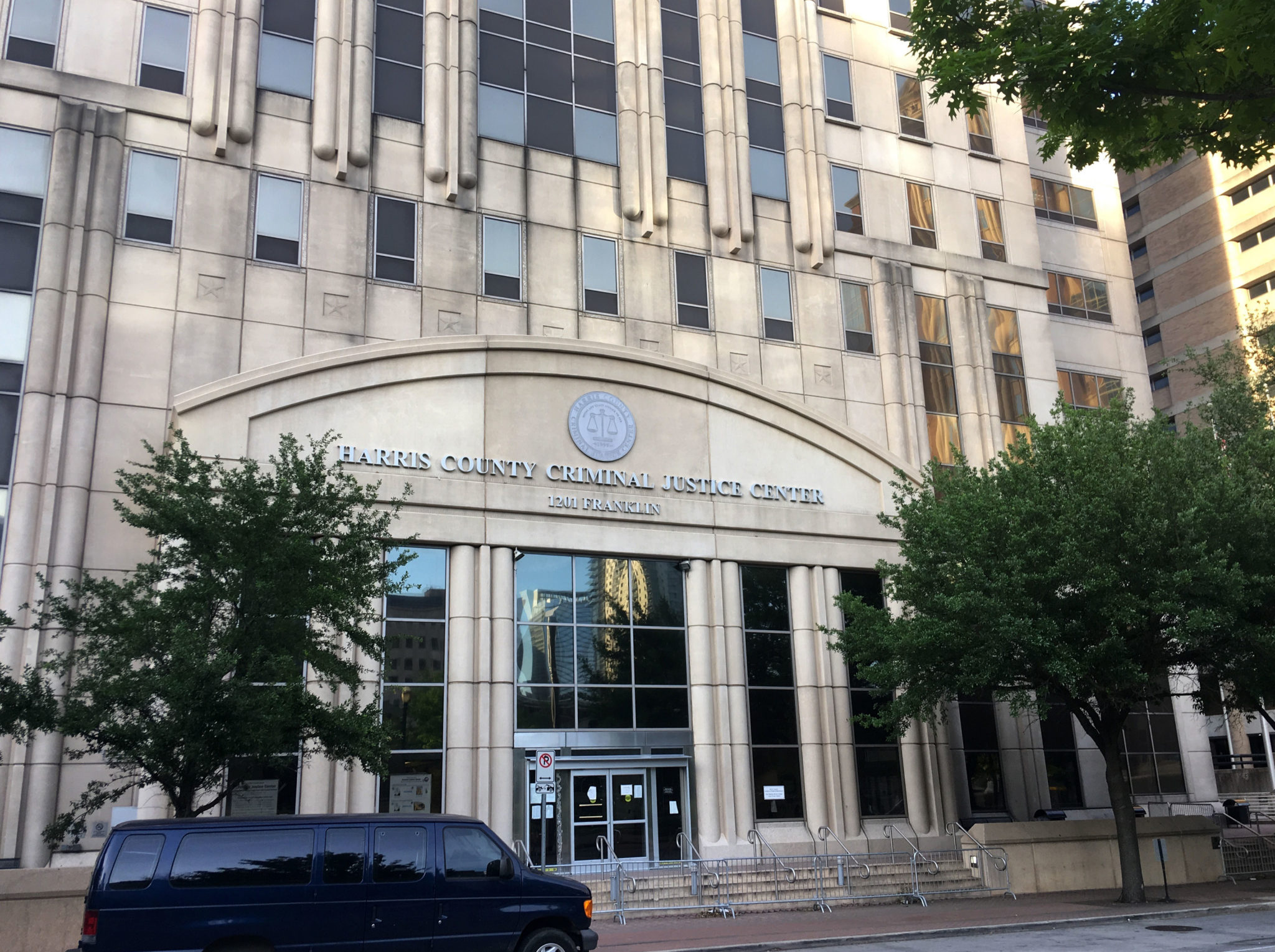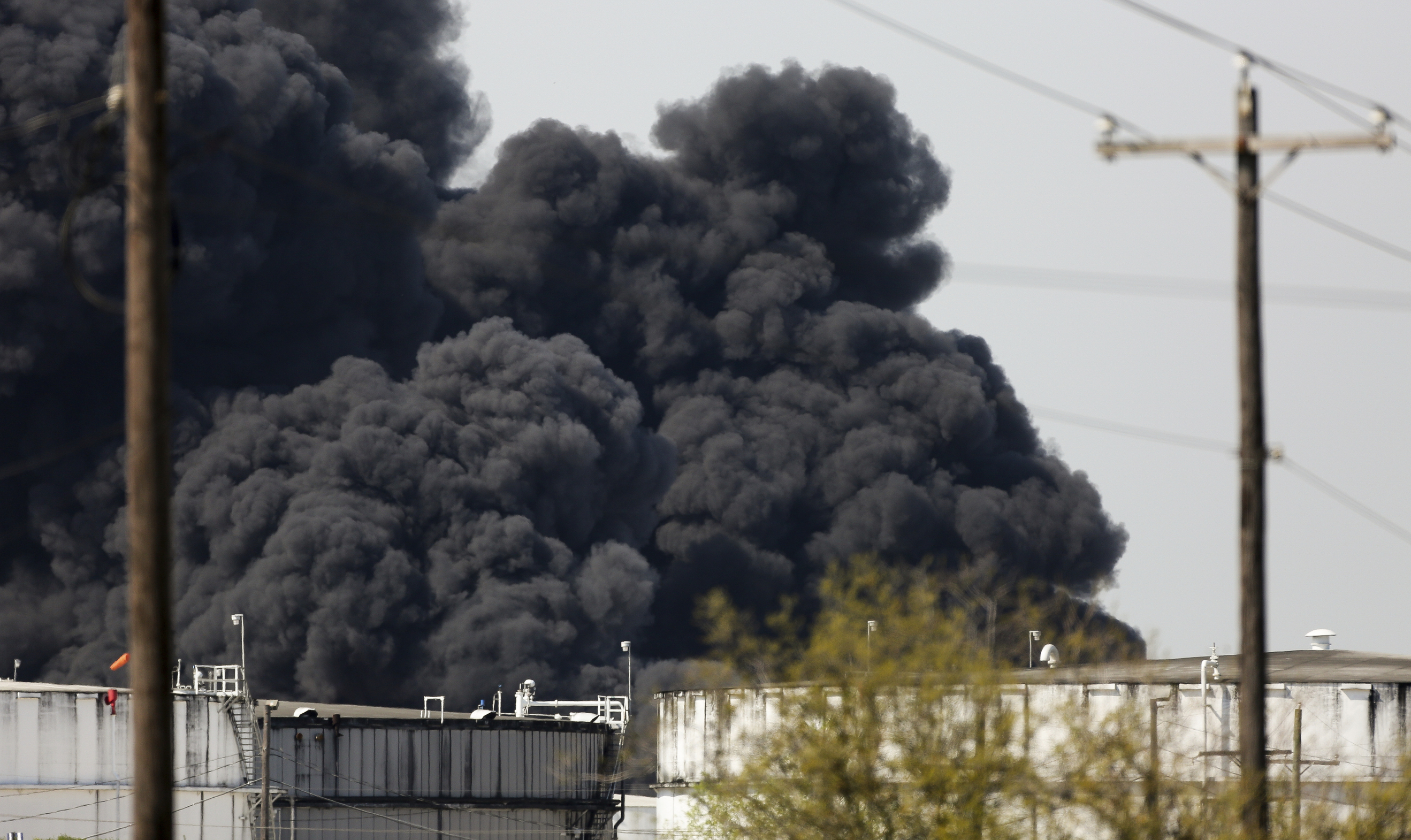
Harris County Jail Among Worst for Inmate Sexual Assault
A massive new study by the U.S. Department of Justice ranked more than 350 jails by the rate of sexual abuse reported by their prisoners. Houston’s Harris County Jail came in third.
On average, 4 percent of the nation’s prison inmates and 3.2 percent of its jail inmates are sexually victimized each year, the DOJ reported. At 1200 Baker Street, the largest of the Harris County Jail’s four locations, that rate was more than double: 7.6 percent.
The survey, given to more than 90,000 inmates at 606 prisons, jails, and special confinement facilities, asked prisoners to anonymously report sexual mistreatment suffered at that facility during the last 12 months. It distinguished between types of victimization (rape versus abusive sexual touch), perpetrator (staff versus other inmates) and level of force (physical force versus pressure or coercion.)
At the time of the survey, 1200 Baker Street had just over 4,600 inmates. One in 20 reported being raped by another inmate in the last year.
Harris County Sheriff Adrian Garcia has tried aggressively to stem staff sexual misconduct since an internal investigation last year found some jail employees having sex with inmates and one another, and others helping conceal it. Six staff members were fired, two indicted, and two more resigned during the investigation. Garcia promised more video cameras in the jails, additional training, and a new hotline where inmates could report sexual assault.
This is surely to the good, but even before Sheriff Garcia cleaned house, the rate of staff-on-inmate abuse at 1200 Baker Street—1.5 percent—was actually lower than the national average of 1.8 percent. It’s inmate-on-inmate violence that makes Harris County Jail one of just nine jails designated high-rate facilities in the new DOJ report.
Harris County is the only Texas jail on the list, but two Texas prisons (the Stiles Unit in Beaumont and Clements Unit in Amarillo) and one psychiatric facility (Montford Psychiatric in Lubbock) were also classified as high-rate.
The federal survey is mandated by the 2003 Prison Rape Elimination Act, another requirement of which is a study of youth facilities. The Observer‘s Patrick Michels reports here that more than one in ten youth in Texas detention facilities report sexual abuse despite a massive overhaul of that system in 2007.
Researchers analyzed the jail’s population by age, race, sex, education level, type of conviction, length of sentence and even body mass index, along with other factors. Then they weighted their sample results to be representative of the whole facility’s population. Because the survey anonymously collects allegations rather than proven incidents, and because inmates may have reasons to either over- or under-report sexual assault, the researchers say they can’t know their true margin of error. But, they say, the relative severity of sexual victimization at individual facilities is an excellent indicator of where the worst problems exist.
Houston has a problem.


